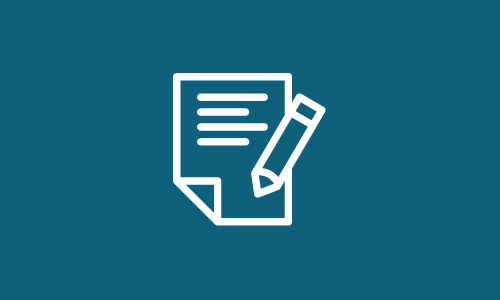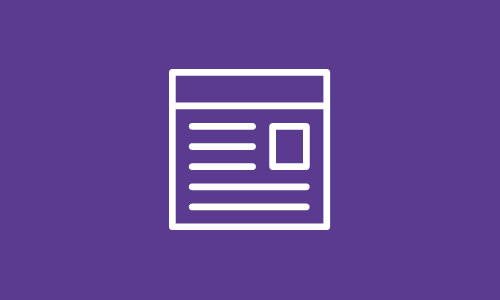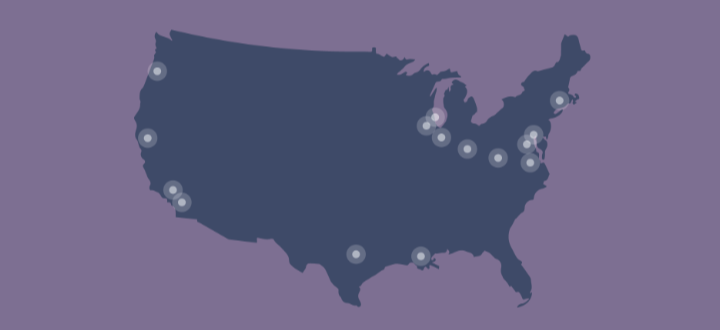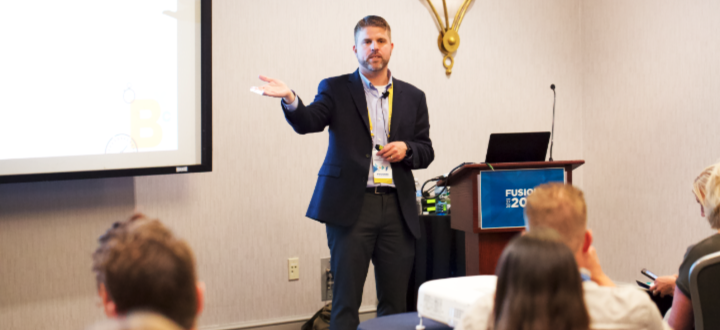Seasonal learning patterns & summer loss
Students don’t learn only during the school year, and academic growth trajectories can change as students move from kindergarten through high school. Academic growth patterns across time—both in school and during the summer—can differ for various groups of students, and those patterns can influence academic achievement gaps. Our research advances understanding of seasonal learning patterns, summer loss, and school and non-school contributions to student growth.


Understanding differential growth during school years and summers for students in special education
New research examining academic achievement and growth of students in special education and their peers who were never in special education during each school year and summer in grades K-4 shows that students with disabilities grow as much or more academically during the school year than their peers without disabilities during some years, but that steeper summer learning losses for students with disabilities contribute to widening disparities.
By: Angela Johnson, Elizabeth Barker
Topics: Equity, Growth modeling, Seasonal learning patterns & summer loss


Understanding differential growth during school years and summers for students in special education
This study compares within- and across-years academic growth for students who were ever in special education (ever-SPED) to students who were never in special education (never-SPED) in grades K-4. Ever-SPED students grew more in math and reading than never-SPED students during many school years, but lost more learning during every summer than their peers, leading to expanding disparities. These findings suggest that summer learning opportunities are crucial for improving educational outcomes for students with disabilities.
By: Angela Johnson, Elizabeth Barker
Topics: Equity, Growth modeling, Seasonal learning patterns & summer loss


The learning curve: Revisiting within-year linear growth assumptions
Important educational policy decisions, like whether to shorten or extend the school year, often assume that growth in achievement is linear through the school year. This research examines this untested assumption using data from seven million students in kindergarten through 8th grade across the fall, winter, and spring of the 2016-17 school year.
By: Megan Kuhfeld, James Soland
Topics: Measurement & scaling, Growth modeling, Seasonal learning patterns & summer loss


In this study, we examine seasonal patterns of racial/ethnic achievement gaps in kindergarten through eighth grade using a national sample of over 2.5 million students.
By: Megan Kuhfeld, Dennis Condron, Doug Downey


In this AERA video brief, Megan Kuhfeld shares major findings and implications of preliminary projections of the potential impact of COVID-19-related school closures in spring 2020 on student learning, published this month in Educational Researcher.
Mentions: Megan Kuhfeld, James Soland, Beth Tarasawa, Angela Johnson, Erik Ruzek, Jing Liu
Topics: COVID-19 & schools, Growth modeling, Seasonal learning patterns & summer loss


Projecting the potential impact of COVID-19 school closures on academic achievement
This study provides a series of projections of COVID-19-related learning loss based on estimates from absenteeism literature and analyses of summer learning patterns of 5 million students.
By: Megan Kuhfeld, James Soland, Beth Tarasawa, Angela Johnson, Erik Ruzek, Jing Liu
Topics: COVID-19 & schools, Growth modeling, Seasonal learning patterns & summer loss


Projecting the impact of the COVID-19 spring school closures on student learning
In this Stanford Center for Education Policy Analysis seminar, Megan Kuhfeld discusses projections of COVID-19-related learning loss and its potential effect on test scores in the 2020-21 school year and outlines on-going work to measure student learning between the 2019-20 and 2020-21 school years.
By: Megan Kuhfeld
Topics: COVID-19 & schools, Growth modeling, Seasonal learning patterns & summer loss


